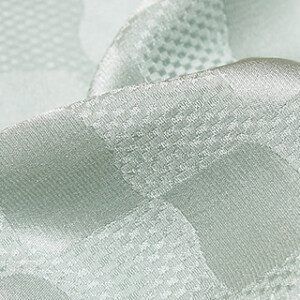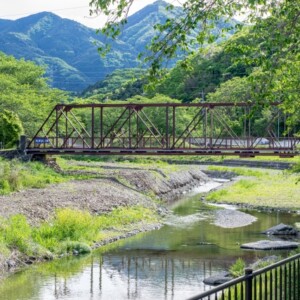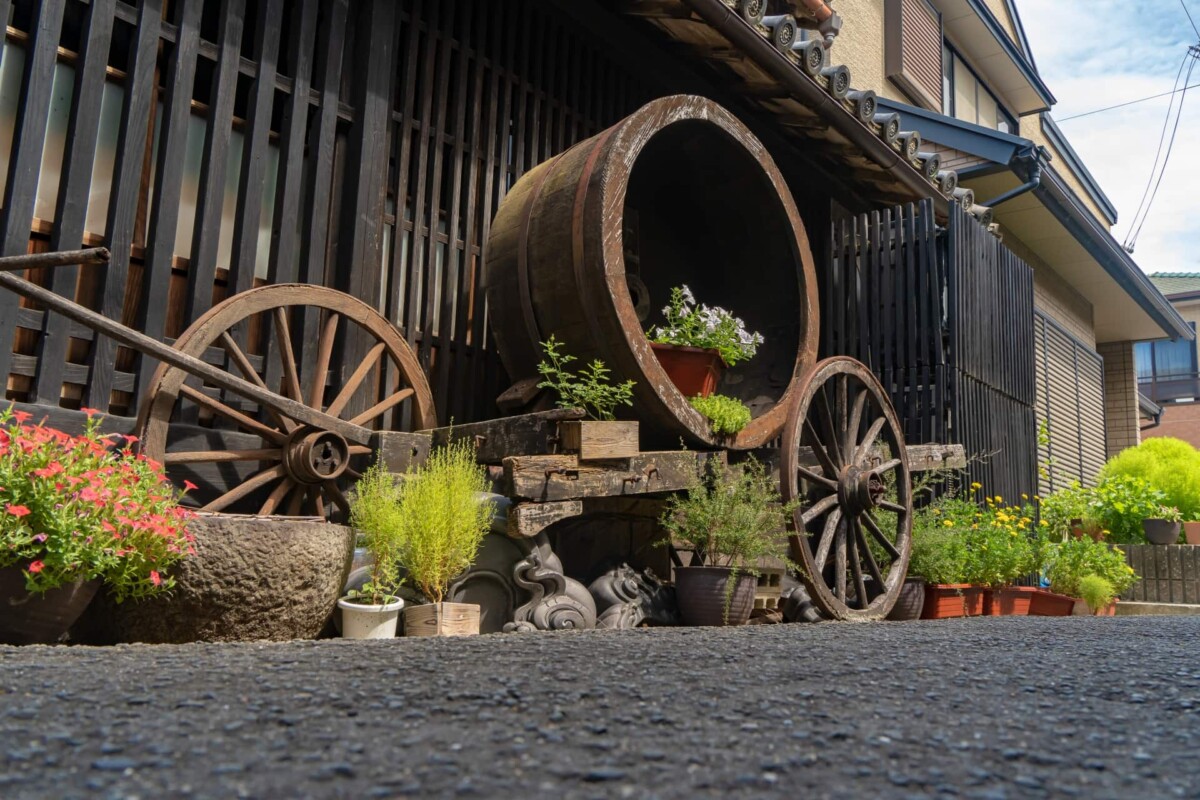
Tour the streets of the lacquerware town of Kuroe! History and highlights
Kuroe, located in Kainan City, Wakayama Prefecture, is an area known as the home of Kishu lacquerware.
In this article, we will introduce Kishu lacquerware as well as the townscape and sights of Kuroe, which has a long history.
What is the lacquerware town of Kuroe?
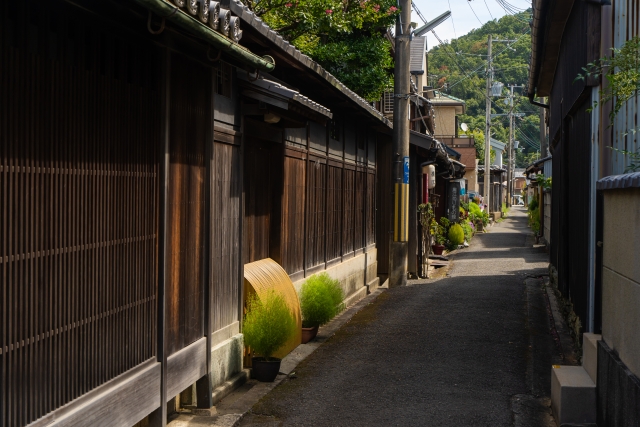
Lacquerware town “Kuroe” is the name of a place in Kainan City, located in the northwestern part of Wakayama Prefecture.
Although it is a small town with a population of 2,300, it has long been known as a production center of lacquerware, and traditional craftsmen continue to pass on their skills to the next generation.
Here, the history and townscape of Kuroe are explained.
History of Kuroe
Kuroe has been known as one of the four major lacquerware production areas along with Aizu, Echizen, and Yamanaka since the Muromachi Period.
In the Edo period (1603-1867), Kuroe was protected and developed by the Kishu Clan.
The town of Kuroe was originally an inlet, but as lacquerware production flourished, the mud flats were reclaimed and the current townscape was formed.
Protection from the Kishu clan ended during the Meiji period (1868-1912), and Kishu lacquerware fell into a state of decline.
This was saved by the trade that began in 1870 (Meiji 3).
As a result, by 1883, Kishu lacquerware accounted for more than half of all Japanese lacquerware exported overseas.
Against this background, the word “lacquerware” was translated as “kuroe” at that time.
During the Showa period (1926-1989), various techniques were invented, such as Tendo-nuri, silk-nuri, and nishiko-nuri, and the techniques of Kishu lacquerware continued to improve.
Then, in 1949, Kuroe was designated as an important lacquer industrial park by the government.
In 1978, Kishu lacquerware was recognized as a traditional craft, and this valuable technique is still being passed down today.
Kuroe Townscape
The town of Kuroe is located in an area known as Kawabata-dori.
The street, 230 meters long and 12 meters wide, is lined with houses with quaint Kishu latticework in regular rows, resembling “saw-tooths” in appearance.
These houses used to be the residences, workshops, and wholesale stores of lacquer ware craftsmen.
The town, which has been in continuous operation since the Muromachi period (1333-1573), is now home to an old private house café and a lacquer ware store that attracts many tourists.
Characteristics of Kishu Lacquerware
Kishu lacquerware is an indispensable specialty of Kuroe.
Kishu lacquerware is extremely durable and resistant to breakage, and is popular among the general public as a casual everyday item.
Kishu lacquerware is also characterized by its black lacquering under the vermilion lacquer applied to the surface, a pattern that dares to reveal the underlying surface.
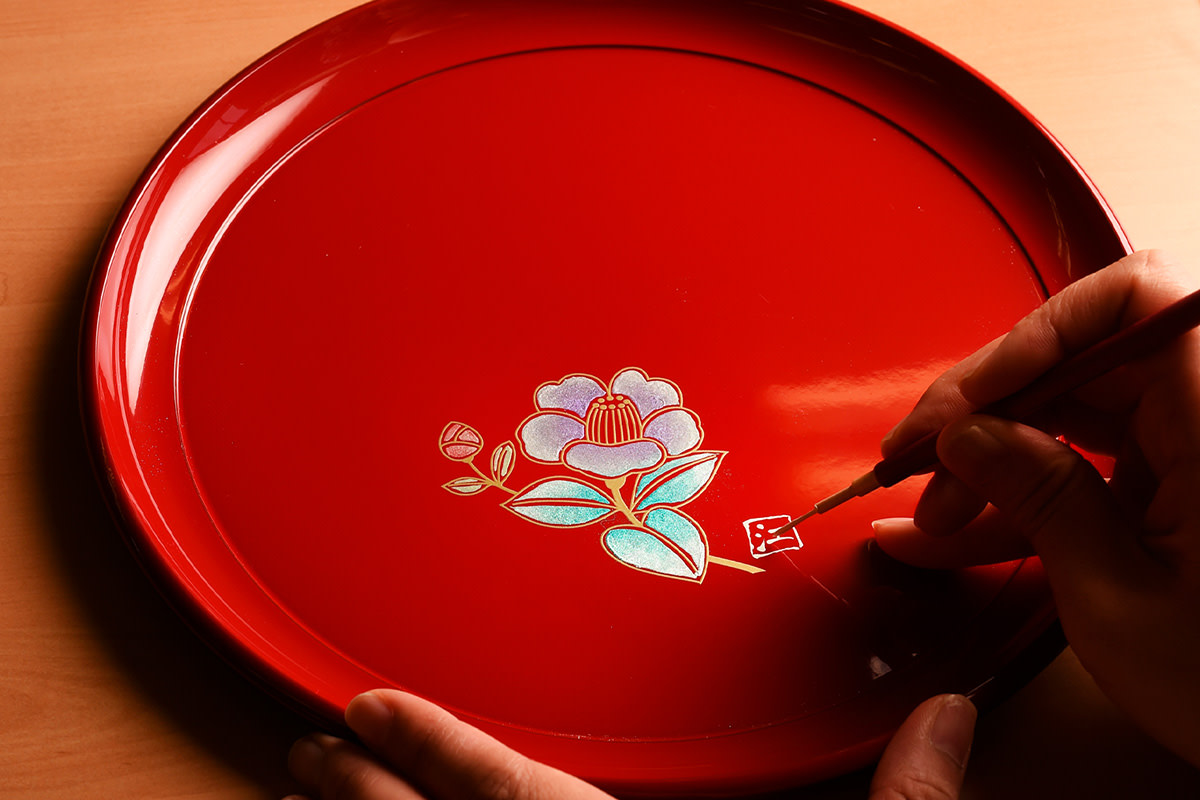
Reference: Wakayama Prefecture Official Tourism Site
Highlights of the lacquerware town of Kuroe
There are various tourist attractions in the town of Kuroe.
Following are three of the main attractions in Kuroe.
Uruwashi Museum
The Lacquer Ware Museum, officially called “Kishu Lacquer Ware Traditional Industry Hall,” exhibits valuable Kishu lacquer ware production tools and materials.
It also has a permanent exhibition and sales space for lacquerware, and is a popular destination for tourists.
The maki-e experience, which is held only on Saturdays and Sundays, allows visitors to actually apply traditional techniques to a round tray, a koban tray, or a lunch box.
If you would like to learn more about Kishu lacquerware, why not pay a visit?
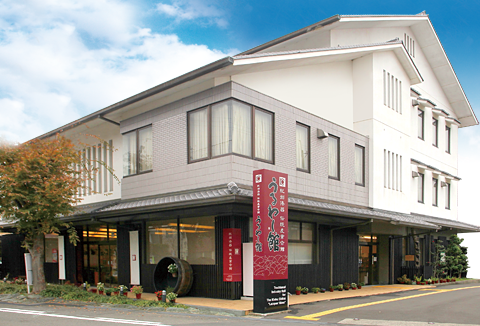
Uruwaki-kan
See also: Uruwaki-kan
Kuroe Nurimono Kan
Kuroe Nurimonokan is an old private house cafe where you can enjoy lunch and sweets made mainly from local ingredients.
The building was renovated from a house where a lacquer craftsman lived 160 years ago, and its charm lies in the fact that you can feel the atmosphere of that time.
Of course, the food is served on Kishu lacquerware, which is a charming feature of the restaurant.
Inside the store, there is a space for selling lacquerware made by lacquer artisans and wholesalers, so you can actually use the lacquerware before buying it.
Reference: Kuroe Nurimono Kan
Ikejyo Lacquerware Store
Ikejyo Lacquerware Store was founded in 1876 as a lacquerware wholesaler.
The 220 year-old building is designated as a Tangible Cultural Property of Japan, and part of it is open to the public.
It is a place where visitors can enjoy the taste of Kishu lacquerware while feeling the atmosphere of an era when Kishu lacquerware flourished greatly.
The current owner is the fifth generation and also serves as the chairman of the Kuroe Townscape Creation Agreement (Kuroe JAPAN).

Ikejyo Lacquerware Store
Reference: Ikezyo Lacquer Ware Store
Kurogyu Chaya
Kuro-ugi Chaya is a sake store directly operated by Meite Sake Brewery Co.
It carries a variety of sake, including Kuroe’s famous “Junmai-shu Kuro-gyu” (pure rice sake), and also offers a sake tasting experience.
The brewing water used at the Meide Sake Brewery is drawn from a well in the brewery.
This well is in the same water vein as the Nakagoto Shrine from which “Kurogyu no mizu,” one of the best waters in Kishu, springs, and is carefully protected as “Manyo Kurogyu no mizu,” one of the 50 best waters in Kishu.
The interior of the restaurant is also attractive in that it is designed with tools used in making sake, a traditional industry of Kuroe, allowing customers to enjoy a space with flavor.
Reference: Meide Sake Brewery Co.
Conclusion
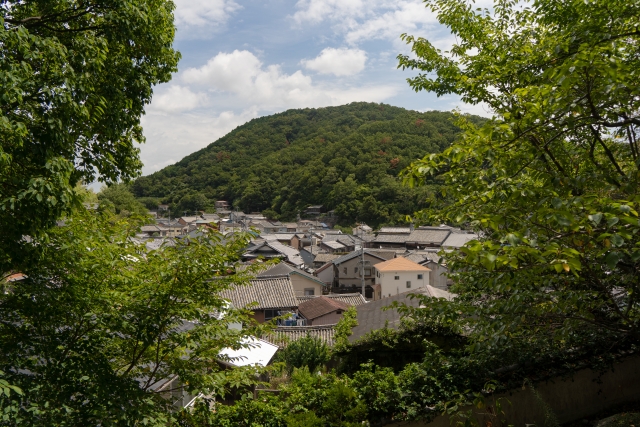
In this article, we introduced the streets and attractions of Kuroe, known as a lacquerware town.
Kuroe is a town that still retains the atmosphere of the time when Kishu lacquerware, which has been handed down for over 400 years, was born.
The orderly townscape, which can be compared to the teeth of a saw, is alive and well, and visitors can feel the bustling days of the town.
In addition, renovated old buildings have been transformed into stores where visitors can enjoy meals and specialties made from local ingredients.
This area is also recommended for experiencing the fusion of tradition and modernity that has continued since the Kamakura period.



